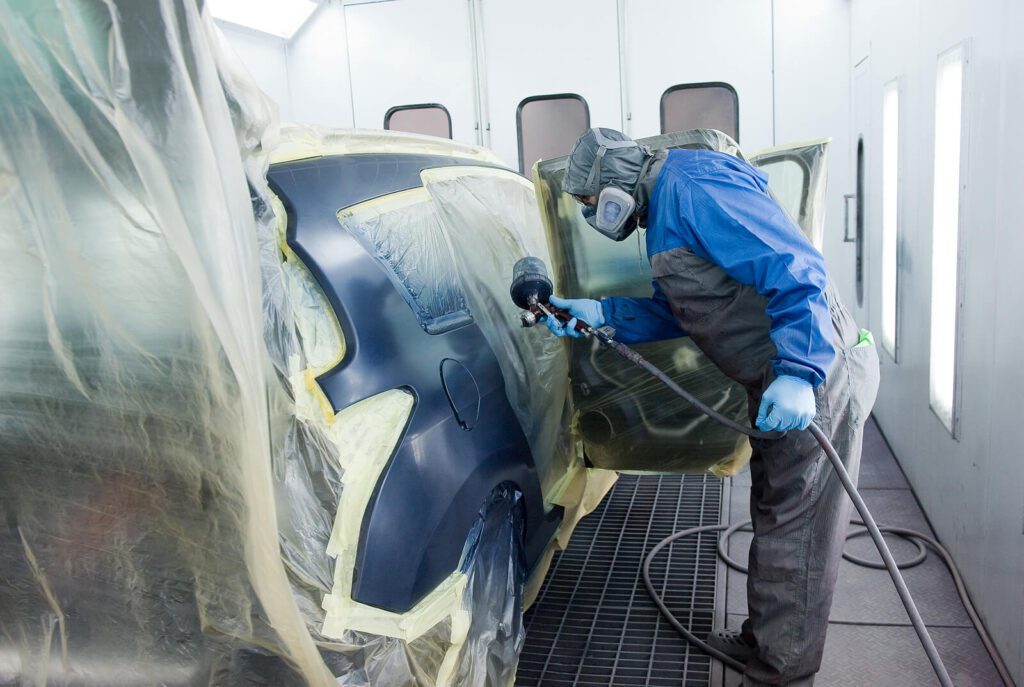Respiratory protective equipment (RPE) also commonly referred to as respirators, can be an effective way to minimise the exposure of employees to airborne contaminants such as dusts, fumes and vapours.
This article is aimed at providing general information with regard to RPE. It is important to note that, it does not cover every aspect of RPE, filters and associated respiratory protection programs.
Types of RPE & filters
There are numerous types of RPE and filters available. They include, but are not limited to:
| Respiratory Protective Equipment | Filters | |
| Disposable/Reusable | Vapour – various types | |
| Powered & Air Supplied | Gas – various types | |
| Full face | Particulate Filters/Dust Masks (P1, P2, P3) | |
| Half Face | Combination filters |
It is critical that the correct type of respirator and filter is selected for the specific task(s) and contaminant(s). Incorrect selection will offer your employees little or no protection. For example, a P1 dust mask will provide inadequate protection while spraying paints containing isocyanates.
Things to consider
If used and maintained correctly, RPE can be effective in minimising the risks associated with airborne exposures.
Although RPE may seem to be the easier and cheaper choice, it is important to note the following:
- The cost of RPE is ongoing and will accumulate over time i.e. replacing filters and respirator parts;
- RPE may become uncomfortable to wear in warmer climates and can put more load on the users breathing;
- Employees will require training and retraining to ensure that they understand RPE and filter limitations, use, storage and maintenance;
- Respiratory protection programs require a high level of supervision to ensure that RPE is correctly used, maintained and stored by users on a consistent basis.
As such, RPE should only be employed where other risk minimisation options are not practicable, are in combination with other risk minimisation options or as a final alternative.
RPE Training
Training your employees is another critical step in the implementation of an effective respiratory protection program. The training should include:
- How to properly fit and check that a correct seal has been achieved;
- How to clean, inspect and maintain the various parts of a respirator;
- When to change out filters;
- What specific filters can and cannot be used for;
- The limitations of the RPE being worn and filters being used;
- The importance of being clean shaven for tight fitting respirators.
Where can l go for more information?
Material Safety Data Sheet’s (MSDS’s)/Safety Data Sheet’s (SDS’s) are a good place to start in identifying the RPE you may need to employ. It is important to note that the MSDS/SDS may not consider the mechanics of how employees are being exposed, risk controls you may or may not have in place, or the collective exposure to other chemicals and contaminants.
In addition to MSDS’s/SDS’s, you can also contact your current RPE supplier.
Another source of information you can reference are the Australian Standards – AS 1716 Respiratory protective devices and AS 1715 Selection, use and maintenance of respiratory protective equipment.
I would recommend that businesses arrange for an assessment to be undertaken to evaluate the specific hazards relating to their workplace with regard to airborne contaminants. This assessment will help identify potential risks and appropriate controls.
If you have any questions, please feel free to contact me at admin@totalsafetyconsulting.com.au.
